
18 Q
1st - 4th

17 Q
1st - 4th

10 Q
1st - 2nd

12 Q
1st - 3rd
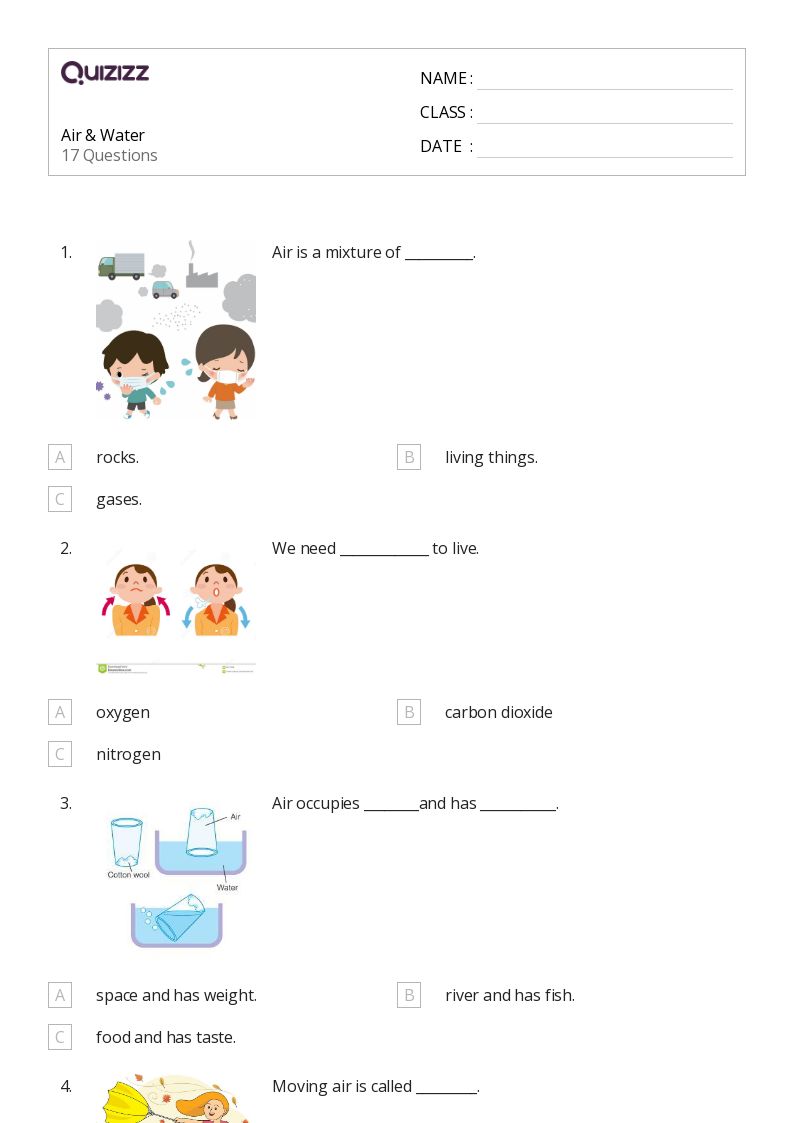
17 Q
1st - 2nd
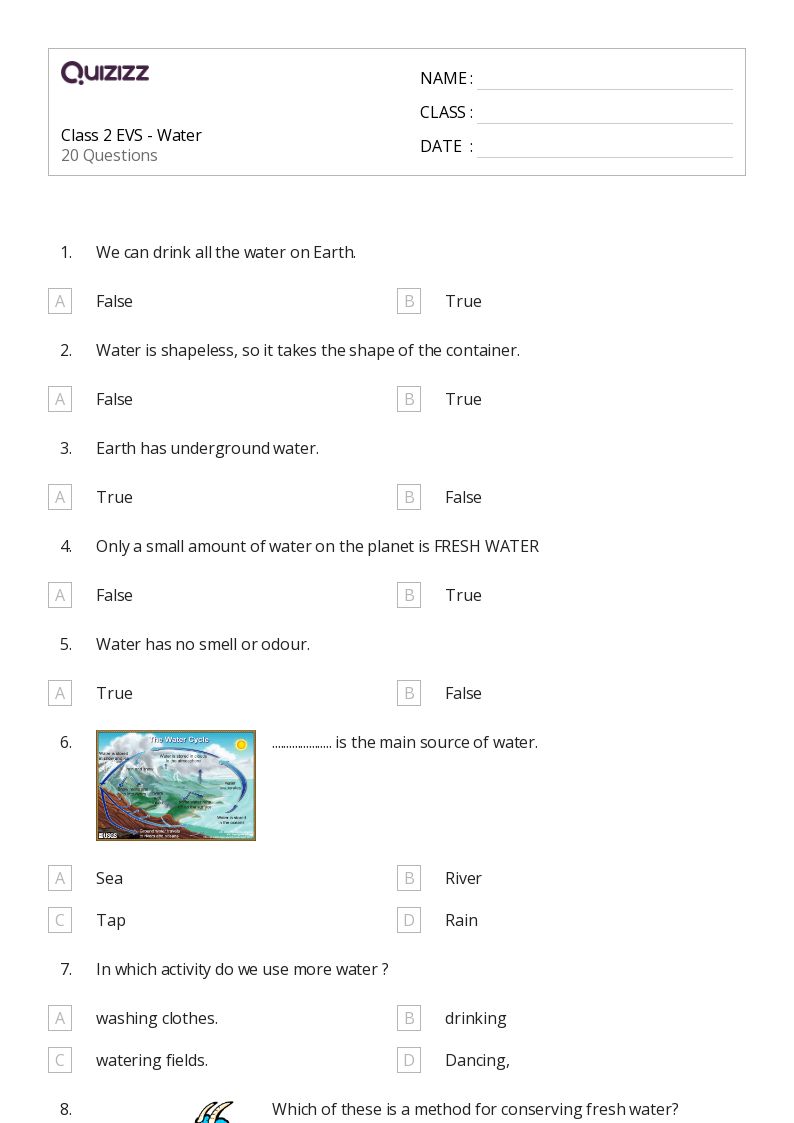
20 Q
1st - 2nd

20 Q
1st - 3rd

10 Q
1st
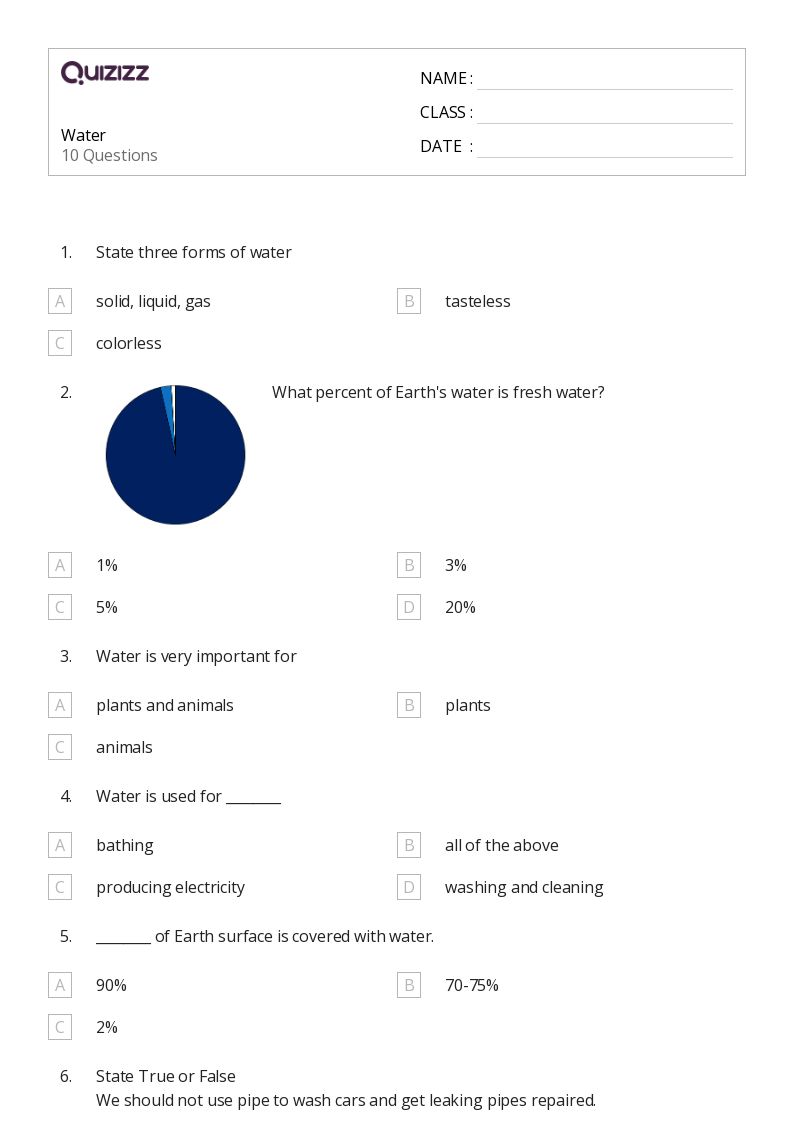
10 Q
1st - 2nd
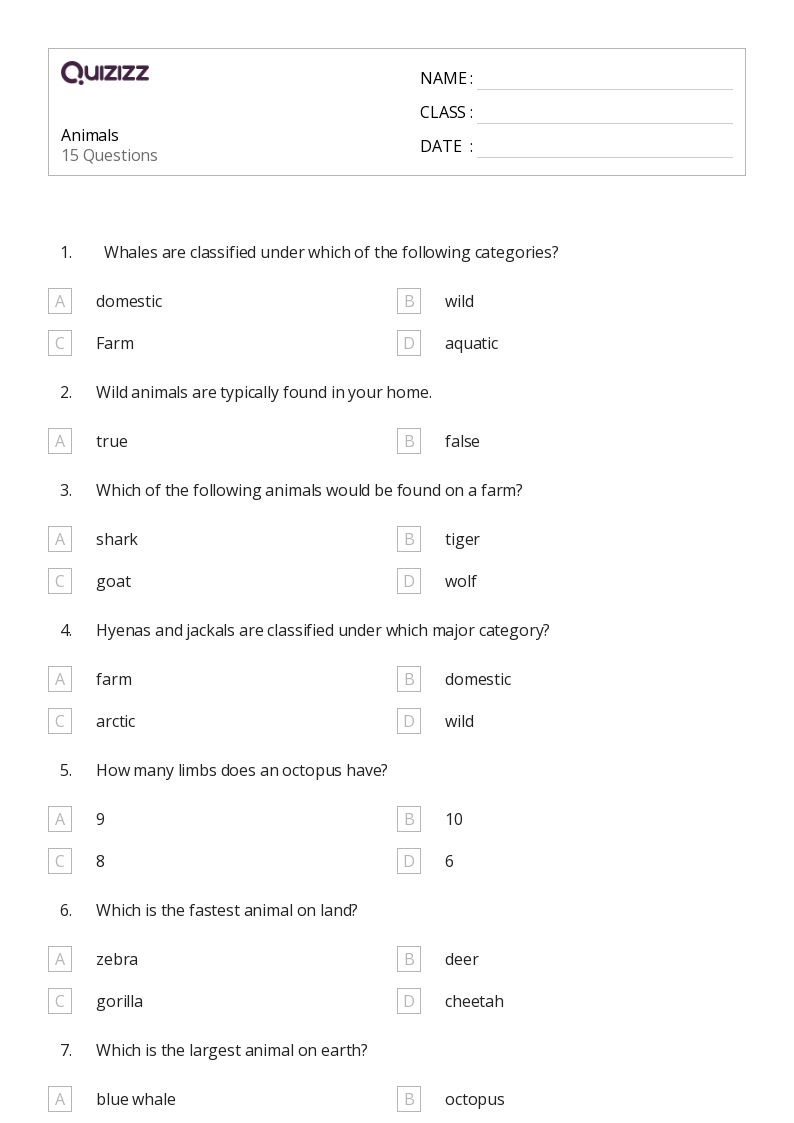
15 Q
1st - 2nd
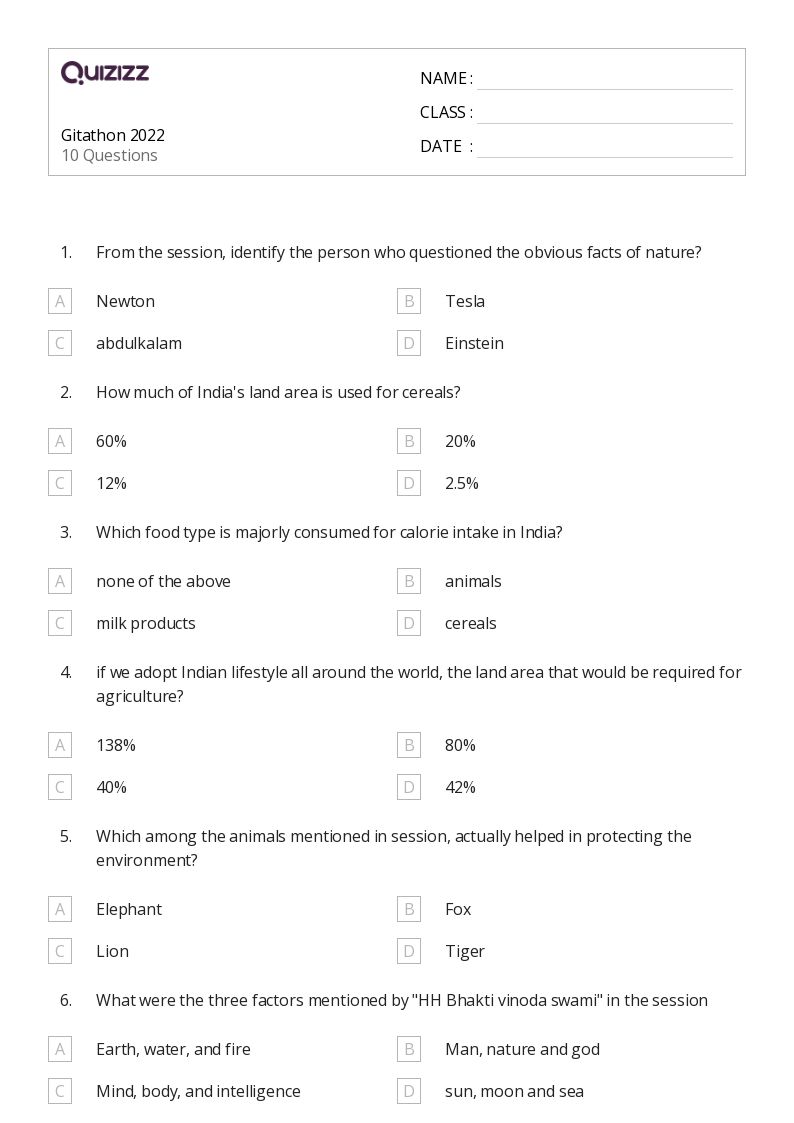
10 Q
1st - 5th
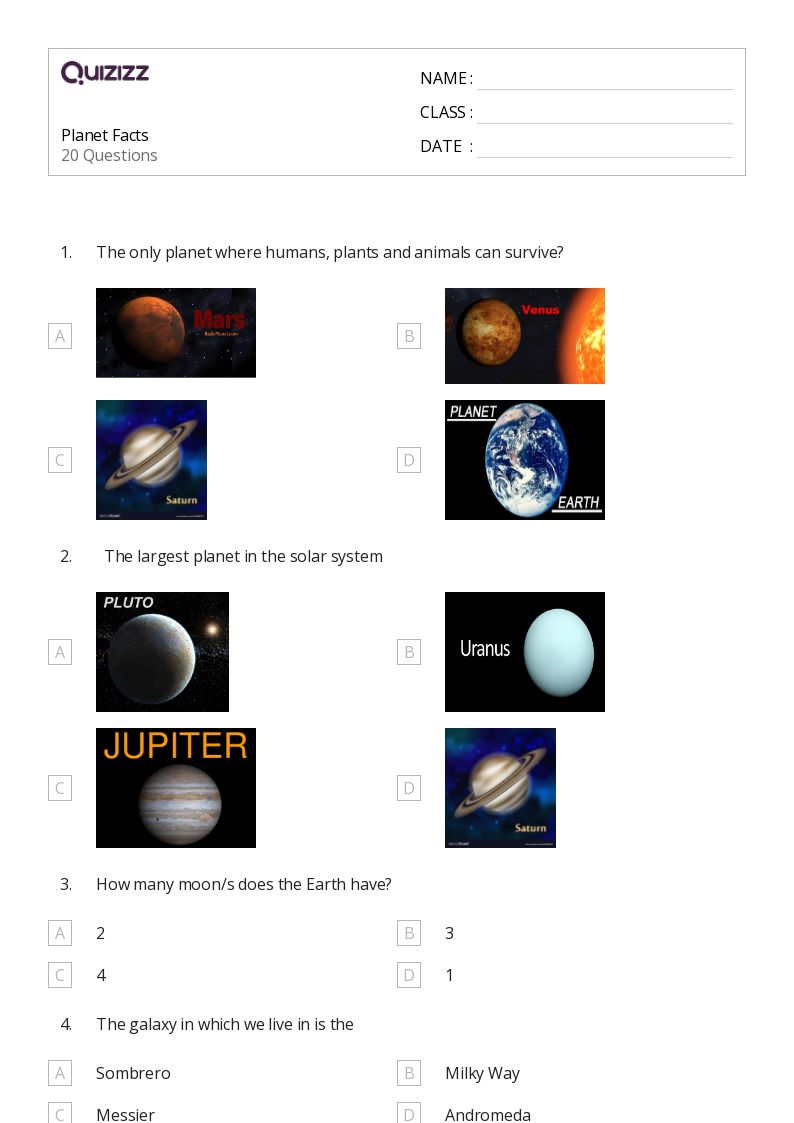
20 Q
1st

15 Q
1st - 12th
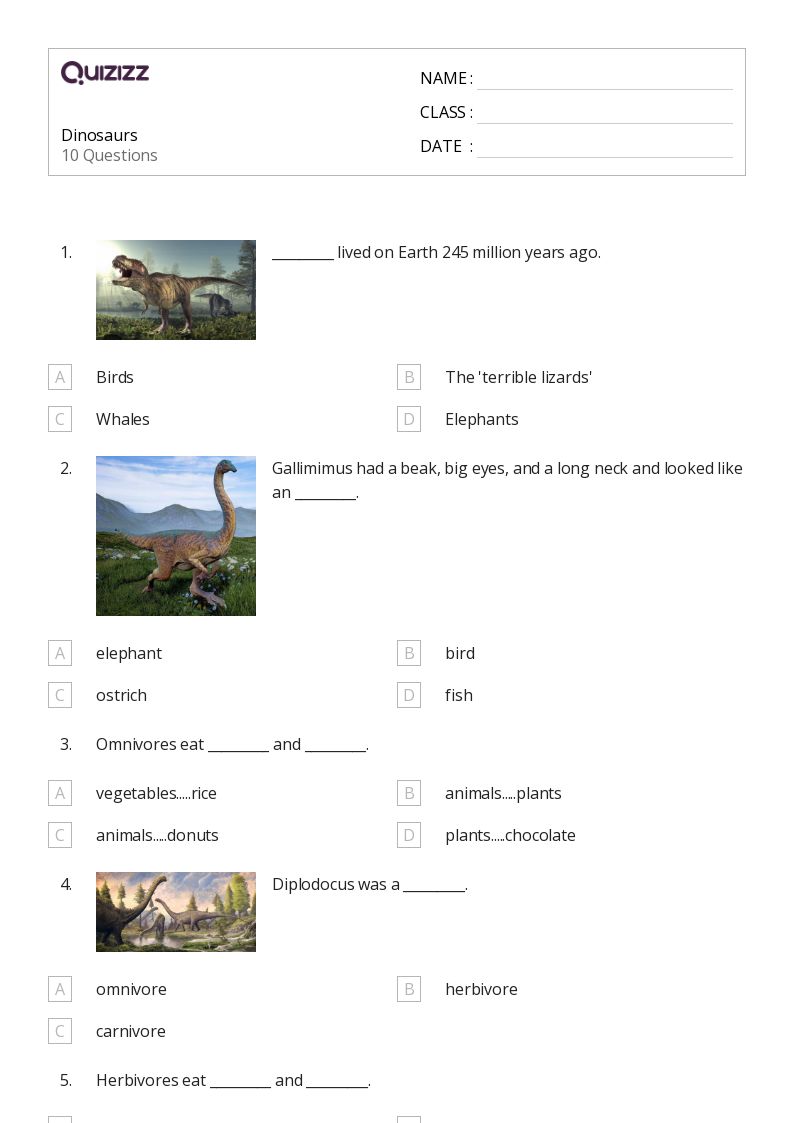
10 Q
1st - 4th

12 Q
1st - 3rd
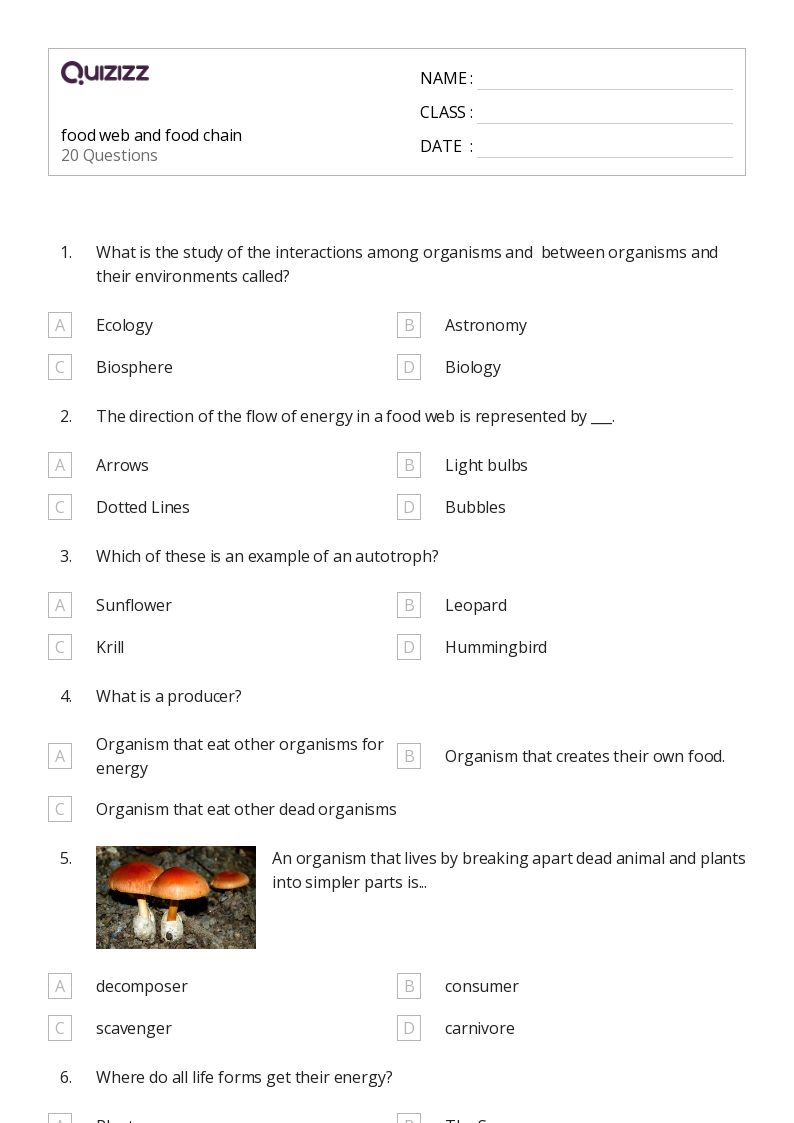
20 Q
1st - 6th
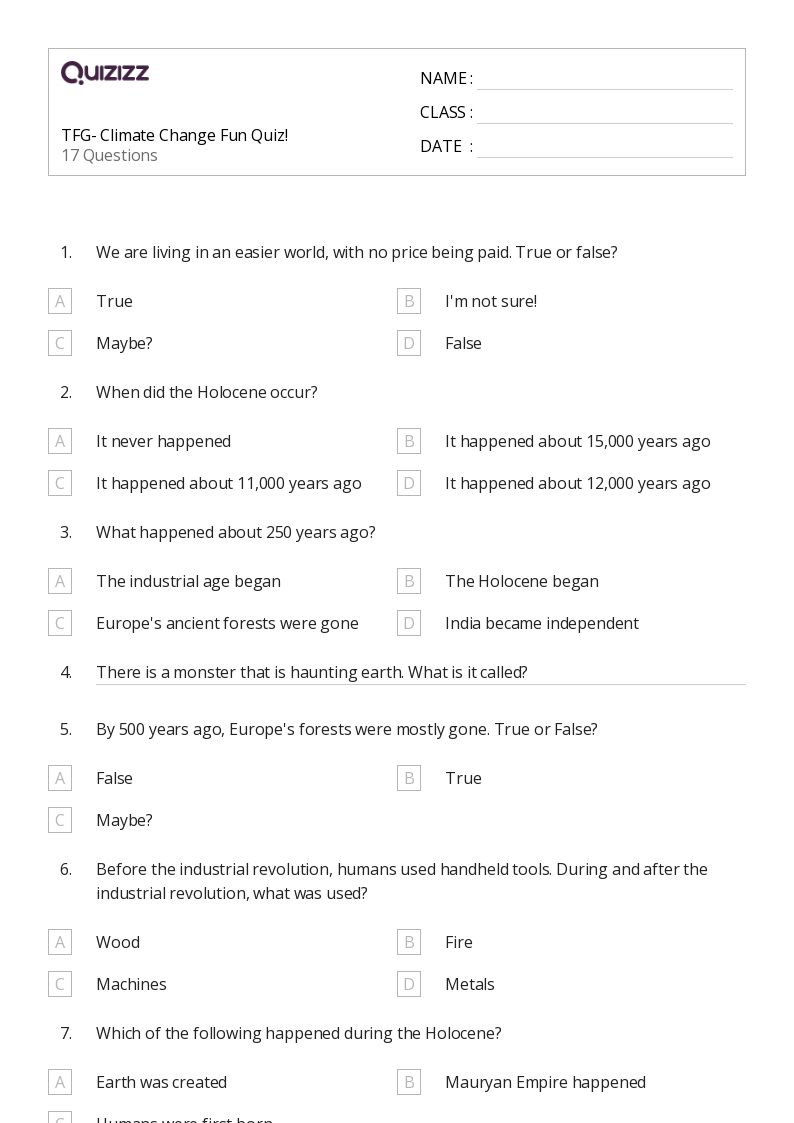
17 Q
1st - PD

10 Q
1st

10 Q
1st
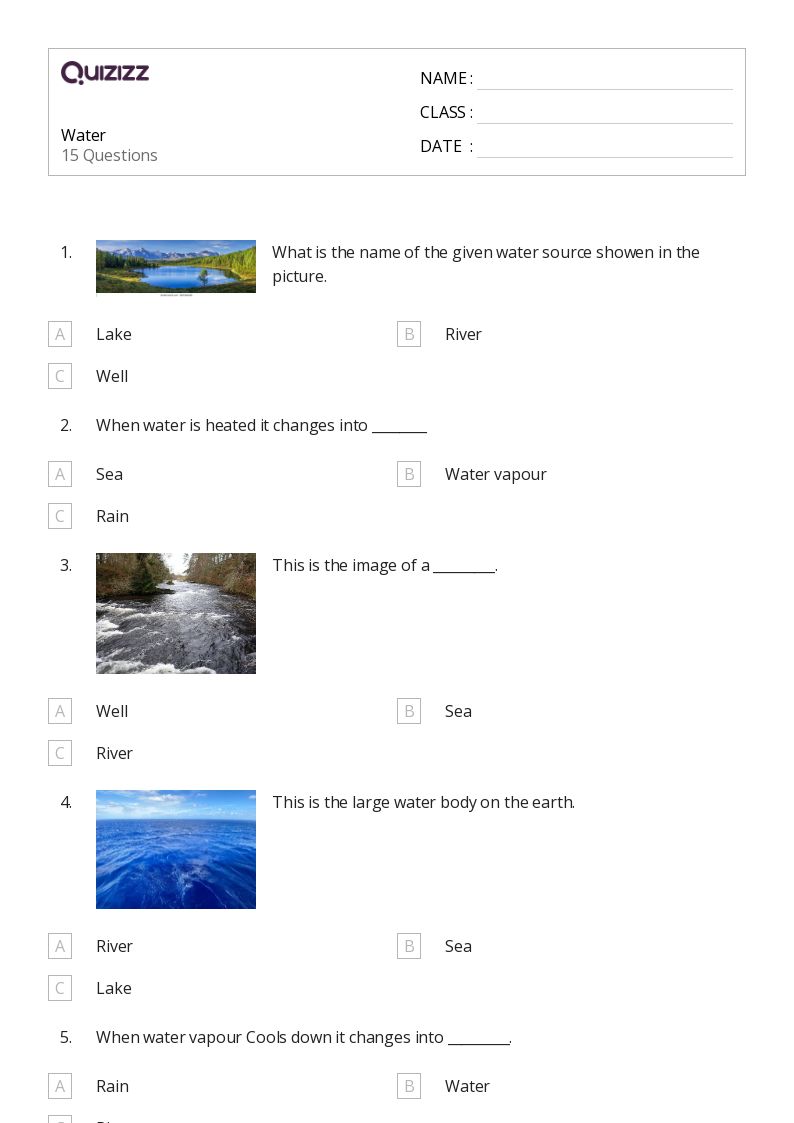
15 Q
1st

21 Q
1st - 2nd
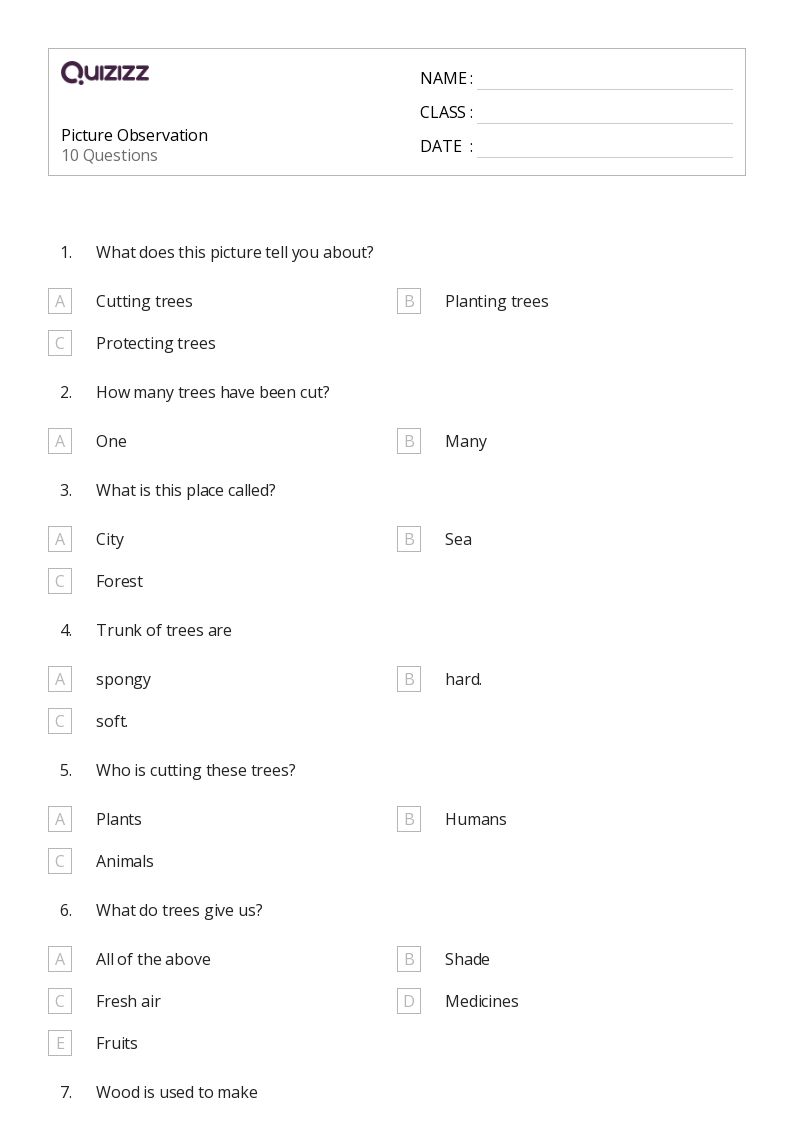
10 Q
1st

10 Q
1st - 3rd
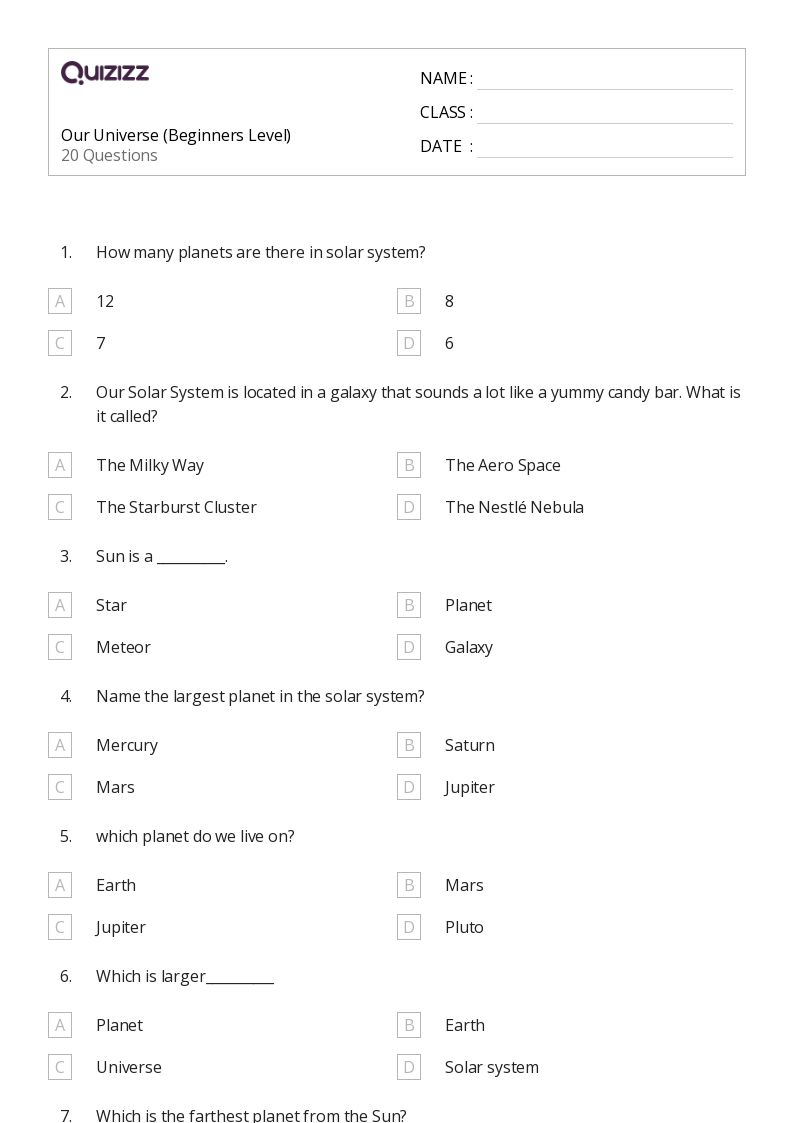
20 Q
KG - 1st
Explore Plants, Animals, and the Earth Worksheets by Grades
Explore Other Subject Worksheets for class 1
Explore printable Plants, Animals, and the Earth worksheets for 1st Class
Plants, Animals, and the Earth worksheets for Class 1 are essential resources for teachers who aim to introduce young learners to the fascinating world of life science. These worksheets are designed to engage first-grade students in understanding the basic concepts of science, such as the life cycles of plants and animals, the importance of the Earth's natural resources, and the interdependence of living organisms. With a variety of activities, such as coloring pages, matching exercises, and fill-in-the-blank questions, these worksheets provide a comprehensive and interactive learning experience for children. By incorporating these materials into their lesson plans, teachers can ensure that their students develop a strong foundation in life science, setting them up for success in their future academic pursuits.
In addition to Plants, Animals, and the Earth worksheets for Class 1, teachers can also utilize Quizizz, an online platform that offers a wide range of educational resources, including quizzes, interactive games, and multimedia presentations. This platform allows educators to create customized assessments that cater to the unique needs of their students, making it an ideal tool for reinforcing the concepts taught in life science lessons. Furthermore, Quizizz offers real-time feedback and analytics, enabling teachers to monitor their students' progress and adjust their teaching strategies accordingly. By incorporating Quizizz into their curriculum, educators can provide a dynamic and engaging learning experience for their first-grade students, ensuring that they develop a deep understanding of the essential concepts in life science.
